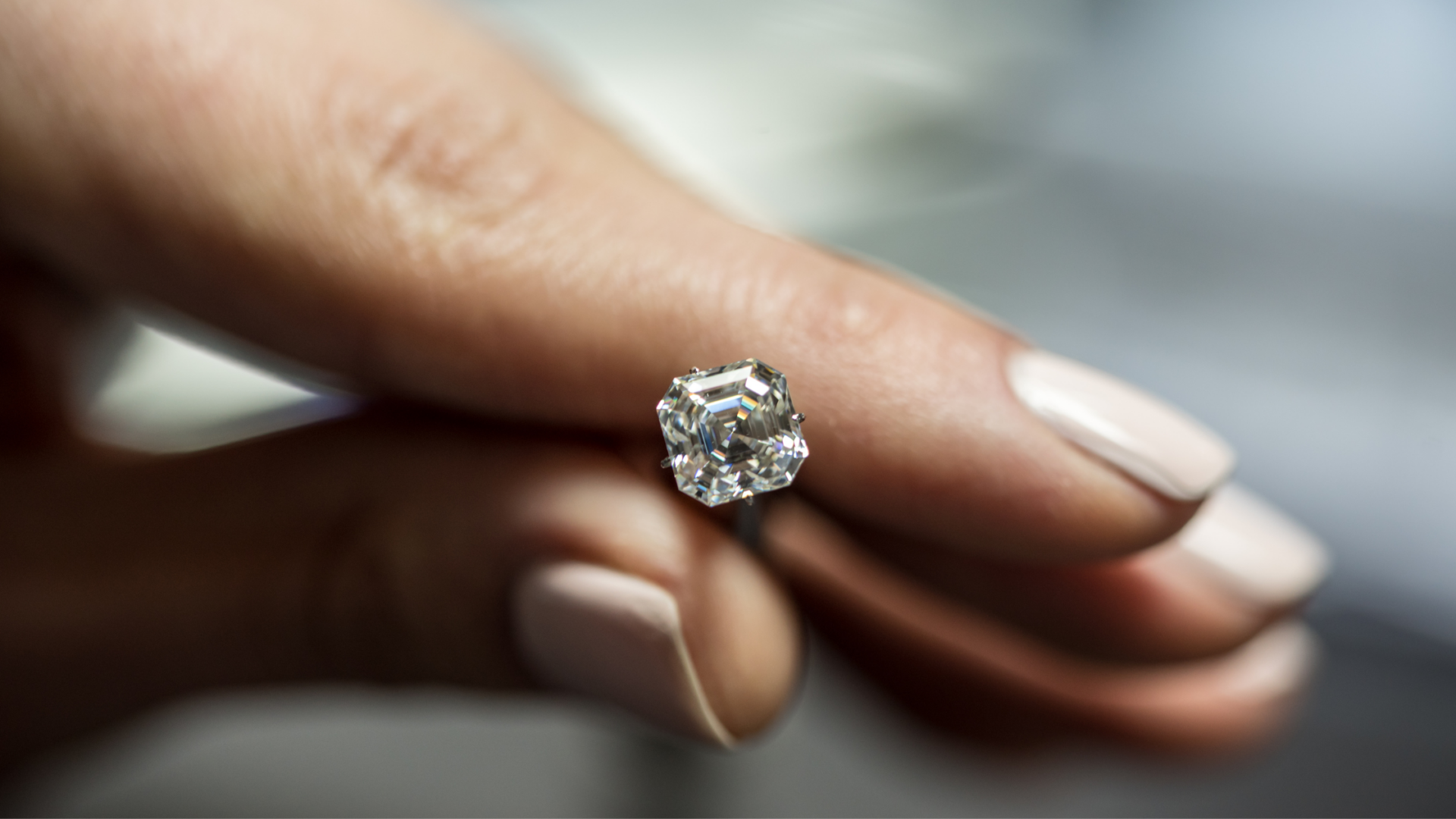Re: Friendly discussion about bottomless buckets of dazzling
please use form http://www.octonus.com/oct/support/SubmitTicket.phtml to contact with me. Fill your email address, send any message , I will answer by email.
Great.Radiantman|1430408718|3870085 said:Serg|1430383976|3869981 said:Radiantman|1430343927|3869837 said:I apologize for being late to the party but interestingly enough, while you folks were going back and forth discussing how to tell whether a "crushed ice" radiant has the sharp brilliant crushed ice so many people love versus the "mushy" crushed ice that has deservedly been criticized on this forum, I was discussing exactly the same issue with Pete Yantzer and Jason Quick at the AGS conclave.
The difference between "good" crushed ice and "mushy" crushed ice is pretty obvious when you see the diamonds with your own eyes side by side but how can you tell the difference without that live comparison?
The question plays into the current research being done by the AGS Lab regarding measuring scintillation. Unlike with a round brilliant, the ASET signature of a crushed ice diamond changes substantially with even a small amount of movement so a single static ASET image is far less useful than it is for a round stone.
As a result of our conversation, I sent a bunch of radiants to the Lab for evaluation so we can work together to develope the necessary metrics, which do not currently exist. Hopefully, their research will yield the answers we need to empirically separate the good crushed ice from the bad.
Until then, the reality is that while we can make educated guesses from pictures, ASET images, videos, Sarin scans etc., there is no way to know for sure without seeing the diamond.
Hi Stan,
Would you like send similar bunch of radiants to our cut group with same goals? we have version of Scintillation , Fire metrics and would like tests on good and bad radiant cuts. Movies and photos from these cuts we will publish on cutwise as we did for other cuts .
see sample. http://cutwise.com/stone/6_MSSCUSHION0?format=video360Girdle
if you are interesting send such samples please inform about conditions either me, or Janak, Garry. ( there is 2% import tax for polished diamonds in India now, so we prefer avoid expensive diamonds)
I'd be happy to. How do I contact you?
please use form http://www.octonus.com/oct/support/SubmitTicket.phtml to contact with me. Fill your email address, send any message , I will answer by email.




300x240.png)